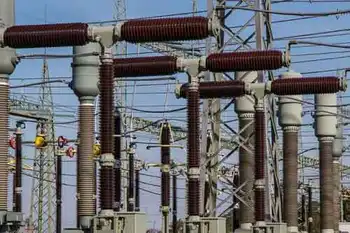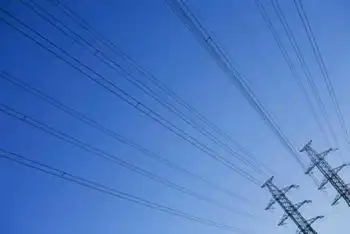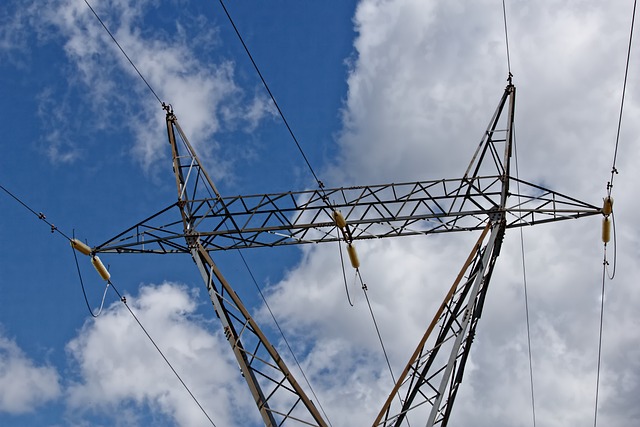Manhattan's Largest Building Integrated Solar Power System Completed
Located at the southern tip of Manhattan Island, the Whitehall Ferry Terminal has been New York City's terminus to and from the Staten Island Ferry for a century. Originally built in 1907, Whitehall Terminal has now moved into the Solar Era. When a fire damaged its south-facing roof canopy in 1991, Whitehall's owners (the NYC Economic Development Authority and the Port Authority of NY/NJ) planned to cover its rebuilt facade and canopy with clear glass solar panels that would not only let in sunlight but also generate electricity for the terminal.
Postponed due to the events of September 11, 2001, Whitehall Terminal's solar system installation had to be scaled back from 50 to 40 kilowatts for budgetary reasons. But the power downgrade was overcome by a technology upgrade. According to Atlantis Energy Systems, Inc., the firm that custom-designed and manufactured the 288 solar electric glass panels for the Whitehall Terminal installation, changing to Magnetek Aurora power inverters allowed the whole BIPV system to begin working as originally planned.
What convinced Atlantis to switch to Magnetek solar inverters was Aurora's patented Maximum Power Point Tracking (MPPT) technology and exceptionally wide input voltage range, which allow more energy to be gleaned from PV panels arrayed at different angles under varying light conditions. Combined with their power-conversion efficiency and industry-leading input operating window of 90 to 530 volts, Aurora's ability to optimize two solar arrays provides exceptional system design flexibility.
Related News

U.S. renewable electricity surpassed coal in 2022
WASHINGTON - Electricity generated from renewables surpassed coal in the United States for the first time in 2022, the U.S. Energy Information Administration has announced.
Renewables also surpassed nuclear generation in 2022 after first doing so last year.
Growth in wind and solar significantly drove the increase in renewable energy and contributed 14% of the electricity produced domestically in 2022. Hydropower contributed 6%, and biomass and geothermal sources generated less than 1%.
“I’m happy to see we’ve crossed that threshold, but that is only a step in what has to be a very rapid and much cheaper journey,” said Stephen Porder, a professor…




